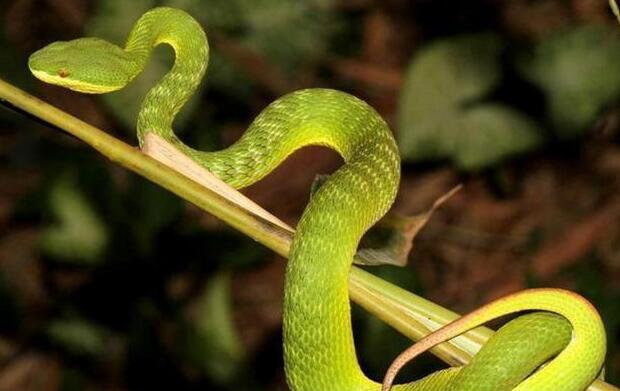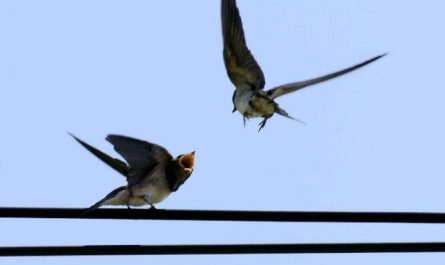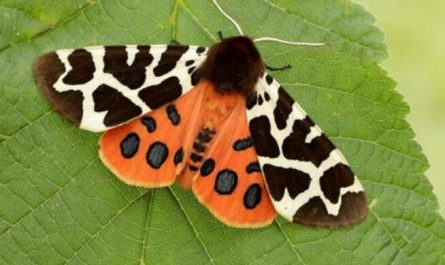The reason why the poisonous snake venom does not kill itself
The venom of a venomous snake mainly produces poison through the blood and nervous system, while the venom of a venomous snake is stored in two small sacs. The two sacs do not touch the snake’s own blood or touch the snake’s own nervous system. It can only be excreted through fangs, so the poisonous snake will not poison itself.
In the eyes of many people, a poisonous snake bites itself without being poisoned. Everyone thinks that snake venom is secreted by itself. Snake venom is actually an enzyme, which is the same as our saliva. However, the saliva of a poisonous snake is very special. Although it can help digest food, it will dissolve the animal’s blood immediately after being injected into the body of living food, and a series of biological reactions will occur. The venom is like yeast. Not only does it allow the venom to ferment other venoms, it will make the venom a little bit. Cause severe symptoms of poisoning. Once a poisonous snake accidentally bites itself, it will also be poisoned!! It is also life-threatening, of course it depends on the amount of venom in the comment. The venomous snake is not so stupid, it detoxifies so hard after biting itself. Because the venom they discharge is self-controllable. In other words, when they prey, they detoxify snake venom as much as they want.
The fangs of poisonous snakes are usually put away and kept in the mouth. If they don’t bite, their fangs will not be exposed, so it can’t be said to bite themselves. If the poisonous snake gets angry or catches food, it will fangs. He stood up to bite and injected venom into the animal. Then why is it that the venom from the food at the time of injection is not poisoned after eating it? This is not justified!
In fact, drinking the venom has no effect at all. That is to say, if you drink that bit of venom, the digestive tract will not cause symptoms of poisoning, because the venom must directly contact the blood and then enter the body through the blood circulation to have the symptoms of poisoning. Of course, if the poisonous snake’s mouth is broken at this time, if the venom is absorbed, it will still be poisoned.
In this case, poisonous snakes will not eat, and will not easily discharge venom. The secretion of venom is relatively limited, not as much as you want. Therefore, poisonous snakes are fine if they eat food with venom. However, if he bites himself, he will also be poisoned. If the venom injected into his body participates in the blood circulation, it will damage his organs and cause symptoms of poisoning.
Snake venom is a kind of toxic protein and peptide substance that contains a variety of enzymes secreted by venomous snakes, and it is also a substance that causes poisoning reaction after venomous snake bites. Fresh snake venom is a slightly fishy egg white-like viscous liquid, which is yellow, light yellow, green, or even colorless. It is neutral or weakly acidic when fresh, and it can become alkaline after a long time. The water content is 50% to 75%, and the specific gravity is between 1.030 and 1.080. Fresh venom is prone to foam when it comes into contact with the air. It is easy to spoil and deteriorate and lose its toxicity when placed at room temperature for 24 hours.
It can be kept in the refrigerator for 15 to 30 days, and it can be stored at -40°C for a long time. The snake venom after vacuum drying or freeze drying can be stored at room temperature for 20 to 30 years, but the toxicity strength and the activity of some enzymes will be different. Lower, it can still be dissolved in water. The toxicity of snake venom disappears after ultraviolet light and heating. Any strong acid, strong alkali and heavy metal salt that can make protein precipitation and denaturation can destroy snake venom. Snake venom is also easily decomposed and destroyed by oxidants, reducing agents, proteolytic enzymes, etc., thereby losing its virulence. After being treated with formaldehyde, it will also lose its toxicity, but the antigen can still be retained.
Types of snake venom
Blood circulation toxins
Such as vipers, bellied snakes, green bamboo leaves, five step snakes, etc., cause rapid swelling, hard, bleeding, severe pain, purple-black skin, skin necrosis, and swollen lymph nodes. It can spread to the head, neck, limbs and lower back after 6-8 hours. The sick dog trembles, the body temperature rises, the heart beats faster, it is difficult to breathe and cannot stand. Nose bleeding, blood in urine, convulsions. If there is no effective treatment within 4 hours after the bite, the patient will eventually die from heart failure or shock.
Neurotoxin
Including toxins secreted by snakes such as golden snakes and coral snakes. After bite, local symptoms are not obvious
Viper
Venomous snake, bleeds less and has mild redness and fever. However, within a few hours after the injury, the patient developed abrupt systemic symptoms. The patient was excited and restless, moaning in pain, trembling all over the body, spitting white foam, difficulty swallowing, difficulty breathing, and finally lying on the ground, convulsions, paralysis of respiratory muscles and death.
Mixed toxins
The venom of cobra and king cobra is a mixed toxin. The local wound is swollen, hot, painful, and possibly necrotic. After the toxin is absorbed, the systemic symptoms are serious and complex, including neurological symptoms and damage caused by blood circulation toxins. Finally, all die from asphyxia or heart failure.
Cytotoxin
The sea snake, which is a close relative of the cobra, is a cytotoxin. The main damage of sea snake venom to the human body is the voluntary muscles, not the nervous system. There is no pain when biting people from sea snakes, and there is an incubation period for the onset of toxicity. There are no obvious symptoms of poisoning within 30 minutes or even 3 hours after being bitten by sea snakes. However, this is very dangerous and easily paralyzes people. In fact, sea snake venom is absorbed very quickly by the human body. The first thing after poisoning is muscle weakness, soreness, drooping eyelids, and jaw stiffness, which are a bit like symptoms of tetanus, and the heart and kidneys will also be severely damaged. People who are bitten may die within a few hours to a few days. Most sea snakes hurt people when they are harassed.






